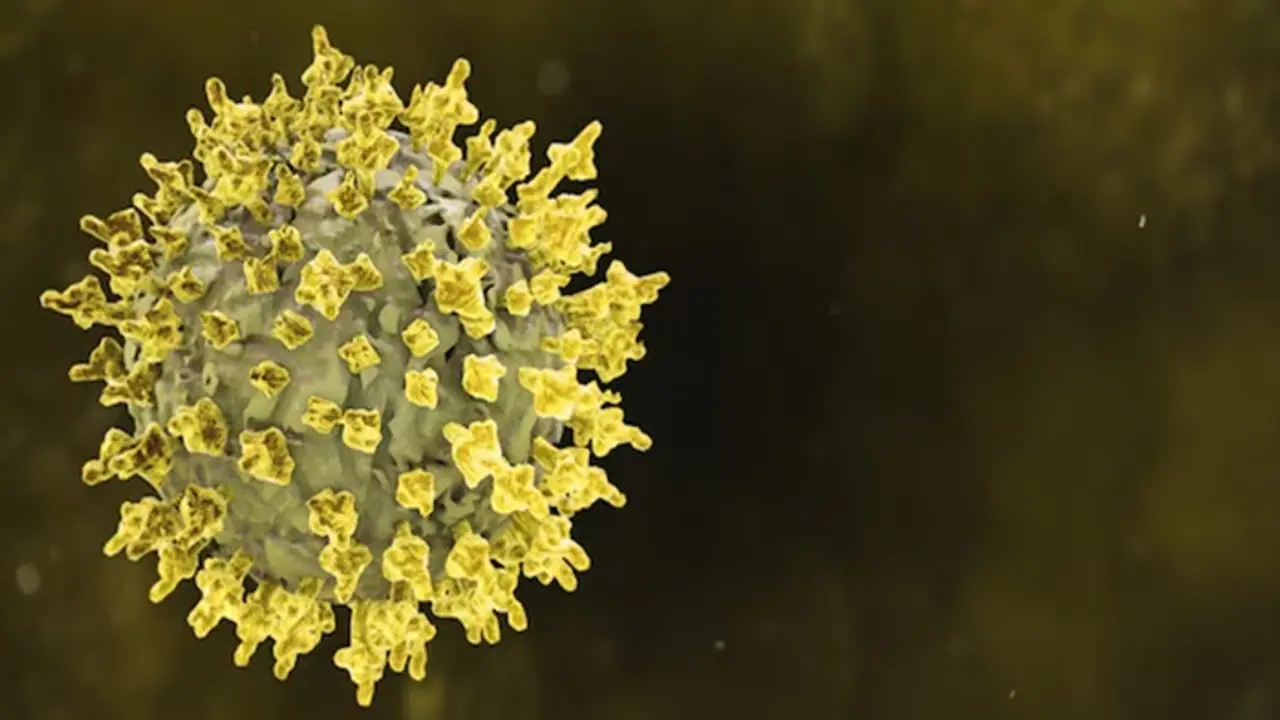Human Metapneumovirus (HMPV), a respiratory virus, has raised global concern after outbreaks in China and Karnataka. It affects infants, the elderly, and those with weakened immune systems. Preventive measures like hand hygiene, mask-wearing, and early medical care are essential to manage and reduce the spread.
The Human Metapneumovirus (HMPV) has become a growing concern worldwide after an outbreak in China. Recently, two cases were reported in Karnataka, India, prompting calls for increased awareness. HMPV is a respiratory virus that affects people of all ages, particularly infants, the elderly, and those with weakened immune systems.

What is HMPV?
HMPV, discovered in 2001, is part of the Paramyxoviridae family and is closely related to the Respiratory Syncytial Virus (RSV). It spreads through respiratory droplets from coughing or sneezing, and contact with contaminated surfaces or infected people. While it can cause mild cold-like symptoms, it can lead to serious complications like bronchitis, pneumonia, or bronchiolitis, especially in vulnerable groups.
Symptoms of HMPV
HMPV symptoms vary, from mild to severe. In mild cases, individuals experience:
- Runny nose
- Sore throat
- Cough
- Fever
Moderate cases may have persistent cough, wheezing, and fatigue. Severe cases, particularly in infants and older adults, can lead to respiratory distress, pneumonia, or bronchiolitis, requiring urgent medical attention.
Why are Infants and Older Adults vulnerable?
Infants under 12 months and older adults with pre-existing conditions like asthma or COPD are at higher risk for severe illness. Symptoms in infants may include:
- Labored breathing
- Difficulty feeding
- Excessive crying
For older adults, complications like chest pain, persistent cough, and shortness of breath can worsen existing conditions. Immediate medical care is crucial for these vulnerable groups.
How to Protect Yourself During an HMPV Outbreak
To reduce the spread of HMPV, practice good hygiene and take preventive measures:
1. Hand Hygiene: Wash hands frequently with soap and water for 20 seconds or use hand sanitizer with at least 60% alcohol.
2. Wear Masks: In crowded places, wear a mask to protect from respiratory droplets.
3. Avoid Close Contact: Stay away from people showing symptoms of illness.
4. Disinfect Surfaces: Regularly clean frequently touched surfaces like doorknobs and phones.
5. Boost Immunity: Maintain a healthy diet, exercise, and get adequate sleep.
HMPV diagnosis can be challenging due to its similarity to other respiratory illnesses. RT-PCR tests are used to detect the virus, while antigen tests provide quicker results. There is no specific antiviral treatment for HMPV. Mild cases require rest and over-the-counter medications, while severe cases may need hospitalization and oxygen therapy.
HMPV has been globally reported, and surveillance systems like the Indian Council of Medical Research (ICMR) and the Integrated Disease Surveillance Programme (IDSP) actively monitor respiratory viruses. The Indian government is ensuring its healthcare infrastructure remains vigilant against such emerging health threats.
While HMPV is not new, its recent outbreaks highlight the importance of awareness, particularly for vulnerable groups. Early detection, preventive measures, and good hygiene practices are key to managing HMPV infections and reducing their spread.
